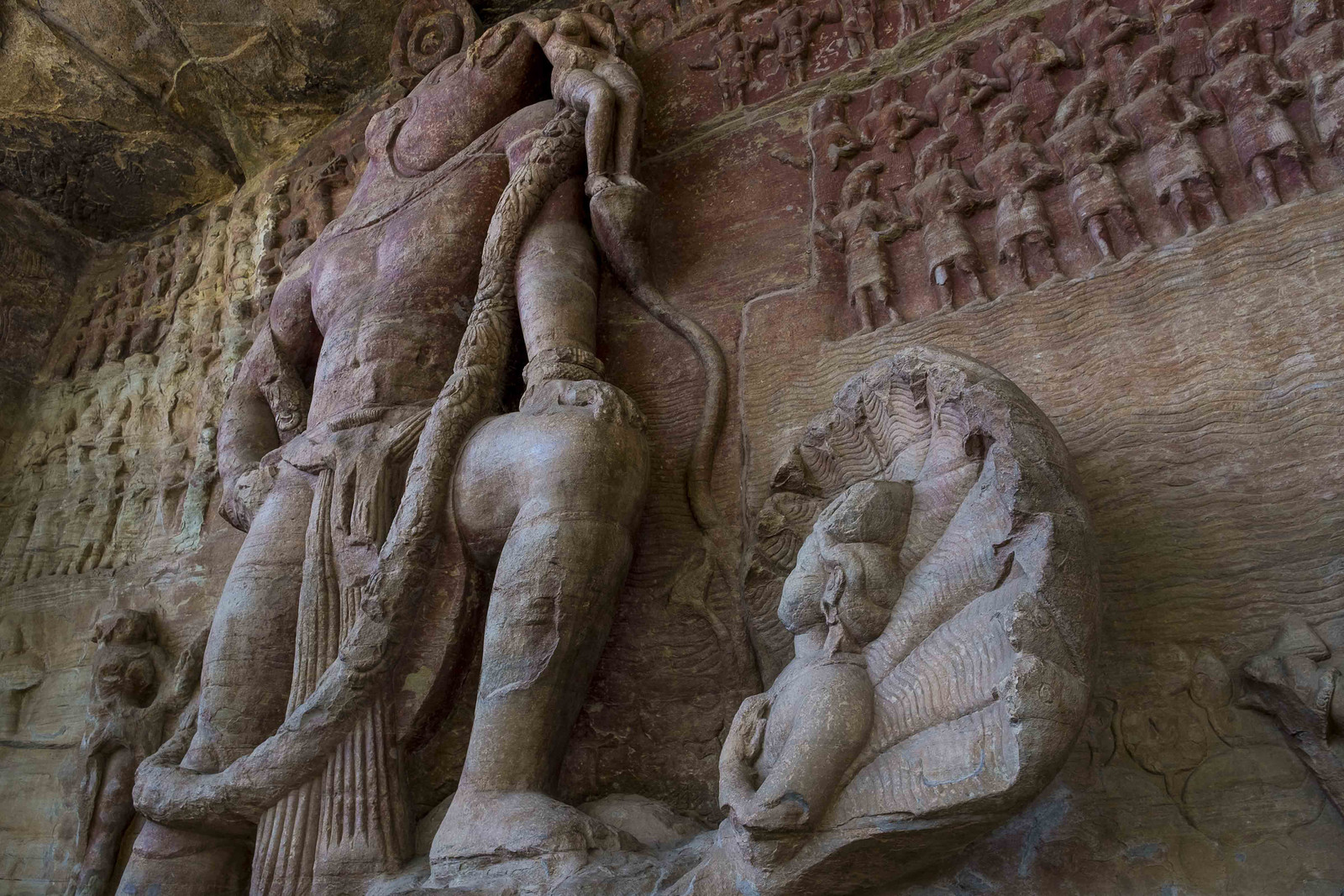Bhopal ? Why would you go to Bhopal ?!
It’s not an unexpected refrain. After all, the enduring association with Bhopal for most Indians (and tourists from outside India for that matter) is the Union Carbide gas leak that lead to thousands losing their lives and millions more affected by the long term environmental poisoning the leak resulted in.
But that’s hardly the legacy Bhopalis associate the city with. Bhopal, long before the gas tragedy, was a proud and beautiful city with a rich heritage that shaped the city.
There’s plenty of things to see in Bhopal, great food to be had, a fascinating old city area to discover and two top class UNESCO World Heritage Sites to explore in the vicinity.
So here our 5 reasons why Madhya Pradesh’s under visited capital should find a place on your travel list.
Bhopal’s Unique History
Bhopal is said to have been initially established in the 11th century by King Bhoja, who is also believed to be have built Bhopal’s iconic upper lake, which holds pride of place in the city. However, the state of of Bhopal as we know it, was given its first contours by Dost Mohammed Khan, a Pashtun soldier in Aurangzeb’s army in the 18th century.
Dost Mohammed and his successors, who took on the title of Nawab, fought many battles against neighbouring kingdoms, particularly the Marathas, who at the time were advancing rapidly, pushing back a declining Mughal Empire. Despite the fact that Bhopal was surrounded by aggressive neighbours like the Holkars of Indore and the Scindias of Gwalior, the Nawabs of Bhopal largely managed to hold their own with some help from the British.
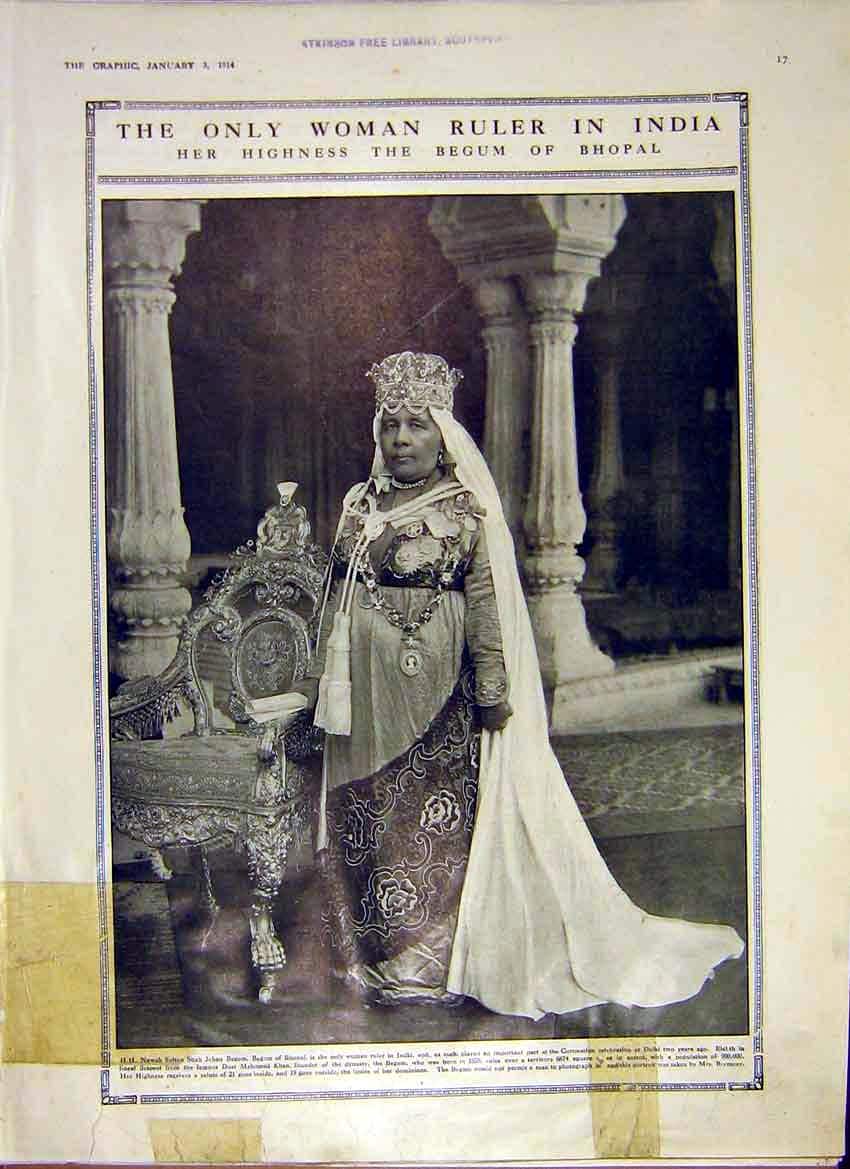
An interesting and defining chapter of Bhopal’s history came about with the ascension of Qudsia Begum to the throne after the assassination of her husband. Thus began a century long period where Bhopal was ruled by not one but four women, a chapter unique not only in Bhopal’s history but the history of pre independence India.
The Begums rule marked a period of peace and prosperity in Bhopal and shaped the city and surrounding kingdom that we see today. The Begums not only ruled and gained the favour of their largely Hindu subjects, built beautiful monuments, gardens and civic services, but also laid the foundation of Bhopal’s cosmopolitan identity, something that stands in good stead even today. They were also great patrons of the arts and literature, which is evident in the city today, full of galleries, art festivals and the famous Bharat Bhavan, one of the premier art centres in the country.
The City Itself
Bhopal is proud of its moniker, the City of Lakes, and the city is indeed dominated by its two largest water bodies the upper and lower lakes which sort of sets the vibe of this serene and laid-back metropolis. When you consider that the upper lake, at the edge of Van Vihar, the National Park inside the city, is man-made and was built centuries ago to solve the water problems of this hot and dry area, speaks of the ingenuity of Bhopal’s early rulers. A number of activities, including boating and food zones have mushroomed around the lake, making it the epicentre of this fun city. Every evening, despite the heat, we saw locals and tourists, families and friends, engaged in various activities, taking in the beautiful sunsets and the cool lakeside air.
Besides the lakes, there are a number of other places of interest in the city itself, of which the most famous is the Taj-ul-Masjid. The construction of the Mosque was started by Nawab Shah Jahan Begum in the 1840s and continued by her daughter Sultan Jahan Begum. The construction of the mosque however was stalled due to lack of funds, and was only finally completed in 1985. It is considered to be one of the largest mosques in the country and also hosts a madrasa within its courtyards.
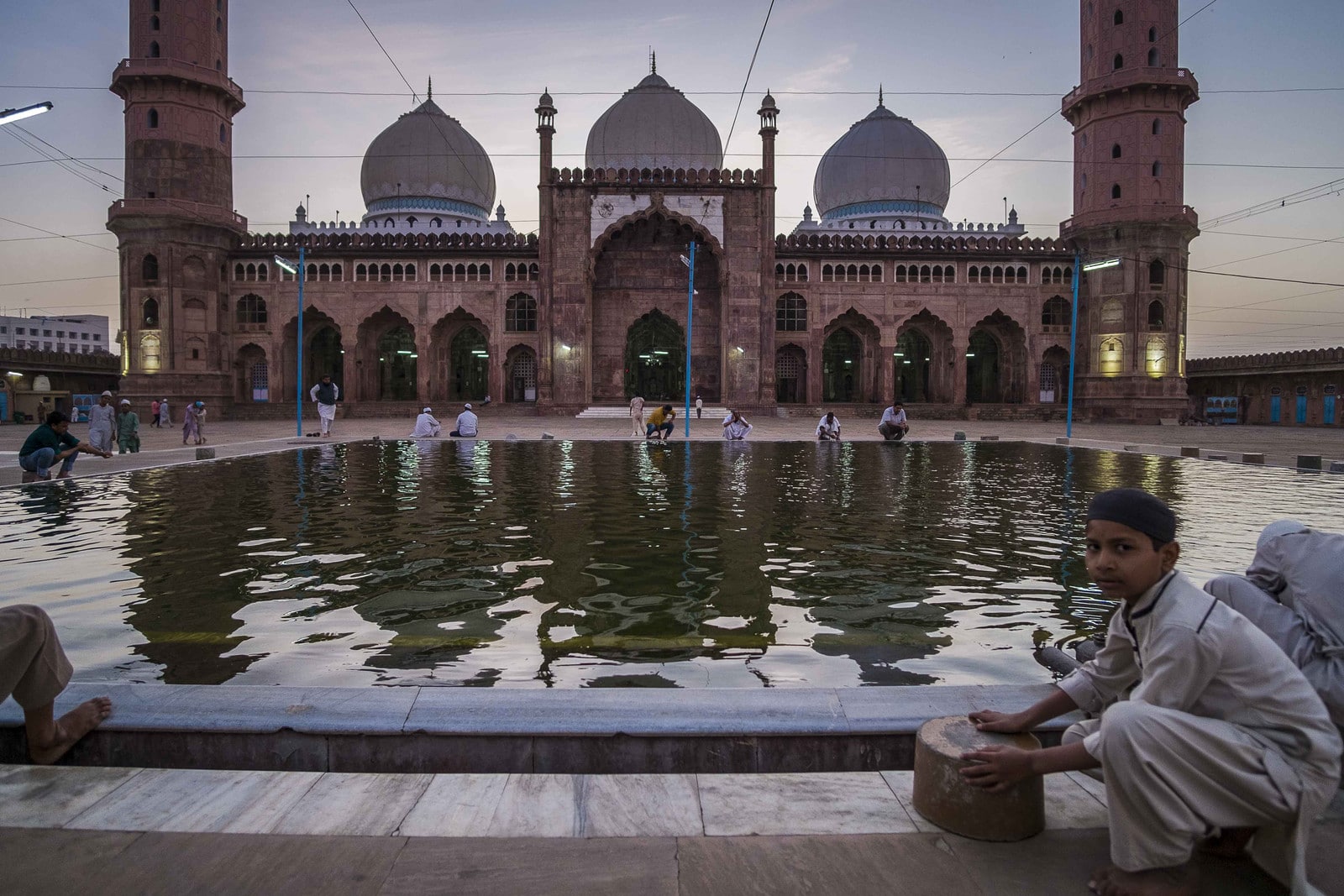
Other buildings of note include the Moti Masjid, the Sardar Manzil, the Taj Palace, the Gauhar Mahal and the Shaukat Mahal amongst others, most of which are found in the old city area. Bhopal is replete with old palaces, palatial homes of members of the court and mosques and exploring the city’s older areas is a treat. Unfortunately, a number of these older structures have gradually fallen into disrepair and some have been heavily encroached upon. There is an urgent need for restoration here if this part of Bhopal’s heritage is to be salvaged.
The Food
What has withstood the test of time and flourished across the city is the amazing Bhopali food, that is at once unique and different to the Nawabi cuisine of other cities, but somewhat familiar and comforting in its familiarity. And if nothing else catches your fancy, then a visit to Bhopal is must if only for the food. The women who ruled the city left a lasting legacy of rich and yummy food, from the famous Rezala dishes to the unique biryani here that is called Biryan, closer in taste and style to the Hyderabadi biryani. The food is largely all non-vegetarian with a heavy emphasis on the meats, though innovative chefs have introduced vegetarian dishes adopting the old flavours. Not unlike the alley ways of Lucknow or Hyderabad, street food in Bhopal is a big part of the life of the city and a walk around the older areas yield carts and stalls selling the famous Suleimani chai, thick and salty with a generous dollop of cream, to be balanced out with the bun kebab, a quick snack made with kebabs stuffed in a pao like bun topped with green chutney and chillies.
(Keep an eye out for a separate post dedicated to the food of the city)
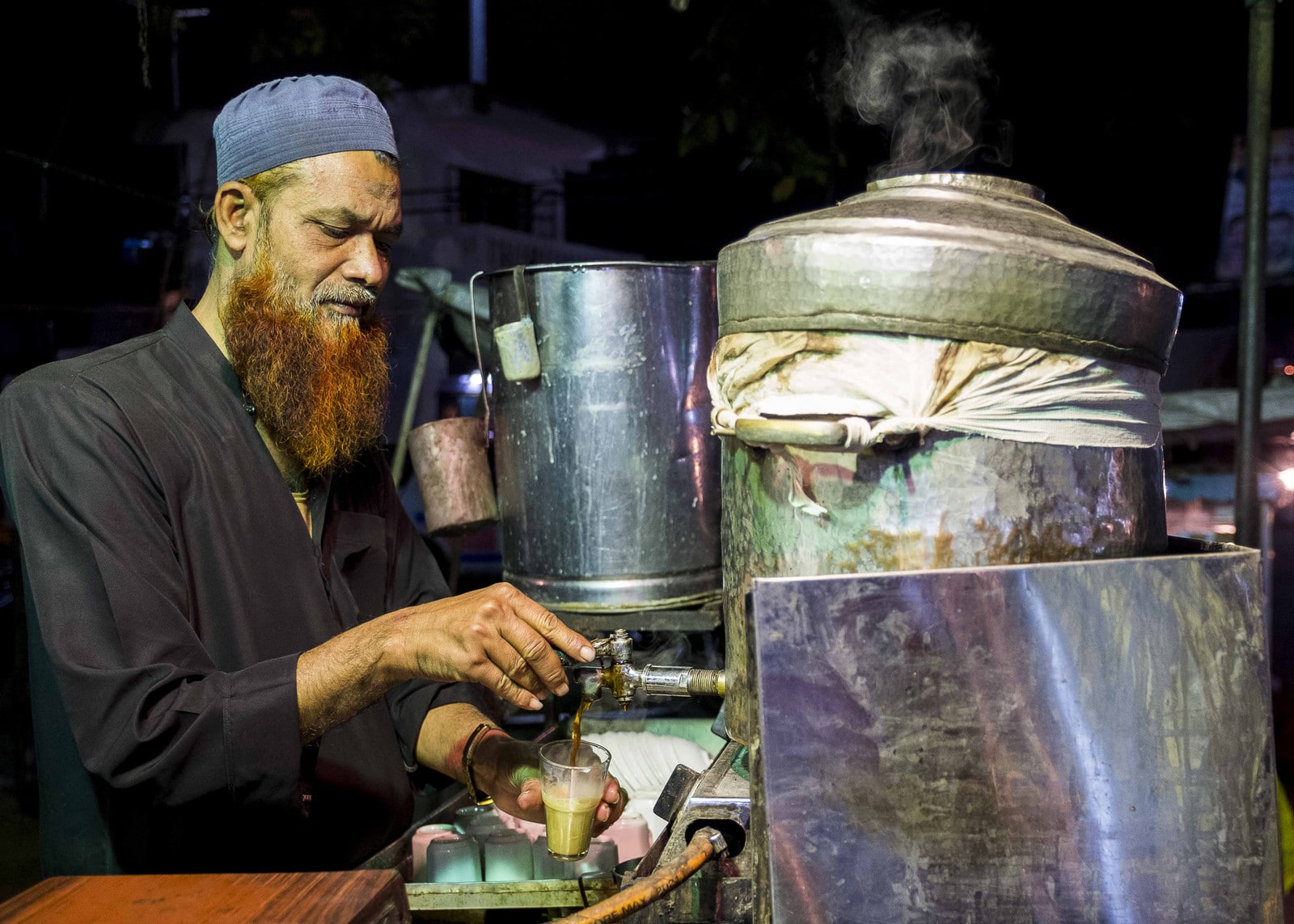
The Museums
It would not be an exaggeration to say that Bhopal’s museums are amongst the finest in the country. And it would not be an exaggeration to say, we were pleasantly and happily surprised while exploring them.
We visited three museums in Bhopal, The State Archaeological Museum, The Tribal Museum and the Museum of Man, each of which are quite large and require a few hours of dedicated viewing.
Now the State Archaeological museum is one we had become familiar with through our travels. Each state has at least one (usually more) and we have been to a number of them across India. The scale of the one in Bhopal however is something amazing. It has gallery upon gallery of statues and sculptures from all over MP, as is expected, but besides that it has a number of other galleries, including old coins and inscriptions dating back hundreds of years, reproductions of ancient Buddhist and Jain cave paintings, replicas of prehistoric rock paintings from sites like Bhimbetka (which is not to be missed), a segment on the independence movement and perhaps most fascinatingly and our favorite, archives of old letters, maps and manuscripts including correspondence between various arms of the British Government, and letters from Nehru and other ranking members of the Indian Government to officials in MP on a number of subjects. Definitely worth a visit. Keep aside a couple of hours, the museum is across many levels, though there are benches around for a sit down.
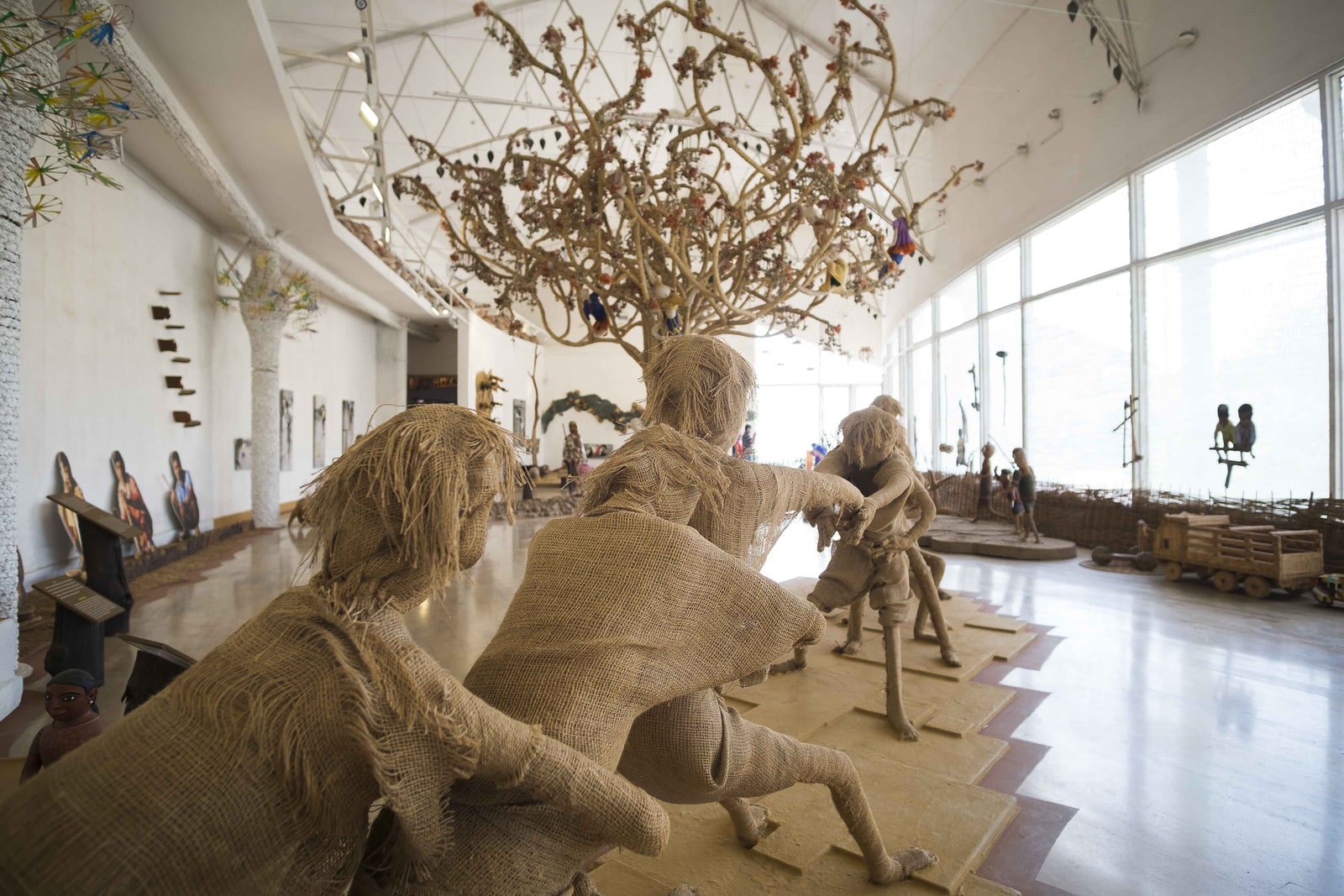
The Tribal Museum is one of India’s more modern museums and stands on par with the Virasat – e – Khalsa in Anandpur Sahib as one of the finest museums we have seen. It aims to document and present the life, livelihoods, customs and rich heritage of the tribal populations of Madhya Pradesh and neighbouring Chhattisgarh in an engaging format. The exhibits include houses built in the style of the various tribes, and other that depict their various forms of worship, daily lives, weddings and celebrations and games. These kinds of museums usually tend to be staid and boring, but the tribal museum with its larger than life sculptures and paintings of the tribes of the region is anything but. Artists from around the state were engaged to depict the tribal life using their own interpretation through various medium, thus creating a unique museum that is interactive and informative.
The last museum you absolutely must visit is the manusanghralay or the Museum of Man. Though it sounds like it might only deal with the subject of evolution, which we thought and almost skipped, it is anything but. More of an ethnographic museum, it attempts to shine a light on the history and lives of the various tribes of India and does a fantastic job of documenting varied tribes from the North East to Central India, and from Odisha to the Andaman Islands. Exhibits are in the form of photos, text and audio visual displays. There are also galleries of weapons, masks and tribal arts and crafts. The best part however, is the outdoor section of the museum, which is spread over several acres of land, and depicts the life of these communities in a real life setting. You can drive a car or cycle around through the museum, and get a glimpse into the life of a Naga village or one from fishing community in Maharashtra.
Even if you are not a museum person, we suggest visiting at least one of the three if not all, to enjoy a unique museum experience and learn a little more about this varied country.
Bhimbetka and Sanchi: UNESCO World Heritage Sites
Most places would love to a have a World Heritage site around, it’s great for tourism. Agra is one of those places that has not one, not two, but three World Heritage sites in its vicinity. Bhopal doesn’t have three but it comes close with two, something most of us don’t even realize. What’s even more fascinating about the two UNESCO sites, Bhimbetka and Sanchi, is that they are extremely different, bringing to life a varied history of the region.
Bhimbetka is one of the most truly unique archaeological sites in India. While most UNESCO Heritage sites tend to be old, very few of them can claim to have paintings which are over 30,000 years old! Yep that right, Bhimbetka, a series of caves and rock shelters located in the Ratnapuri Wildlife Sanctuary has rock paintings ranging from the Upper Palaeolithic, Mesolithic Age to the protohistoric, early historic and medieval periods. What you are standing there looking at simple paintings of stick figures, animals and scenes of hunting and war made in natural colours that are somehow still vibrant, it’s incredibly overwhelming and difficult to imagine the enormity of what is in front of you. These are not from the time of the Nawabs or the Mughals, the British or even the Guptas or Alexander, this is from the time of prehistoric man! It’s also interesting to see how the art evolved to accommodate changes in style and history. Some of the more recent paintings which are 500 years old or less incorporate colours like yellows and greens unlike the earlier images which are all a deep ochre. The newer paintings also have images of horses, which were introduced in the Indian subcontinent by Muslim invaders. Older painting incorporated bisons and elephants but no horses!
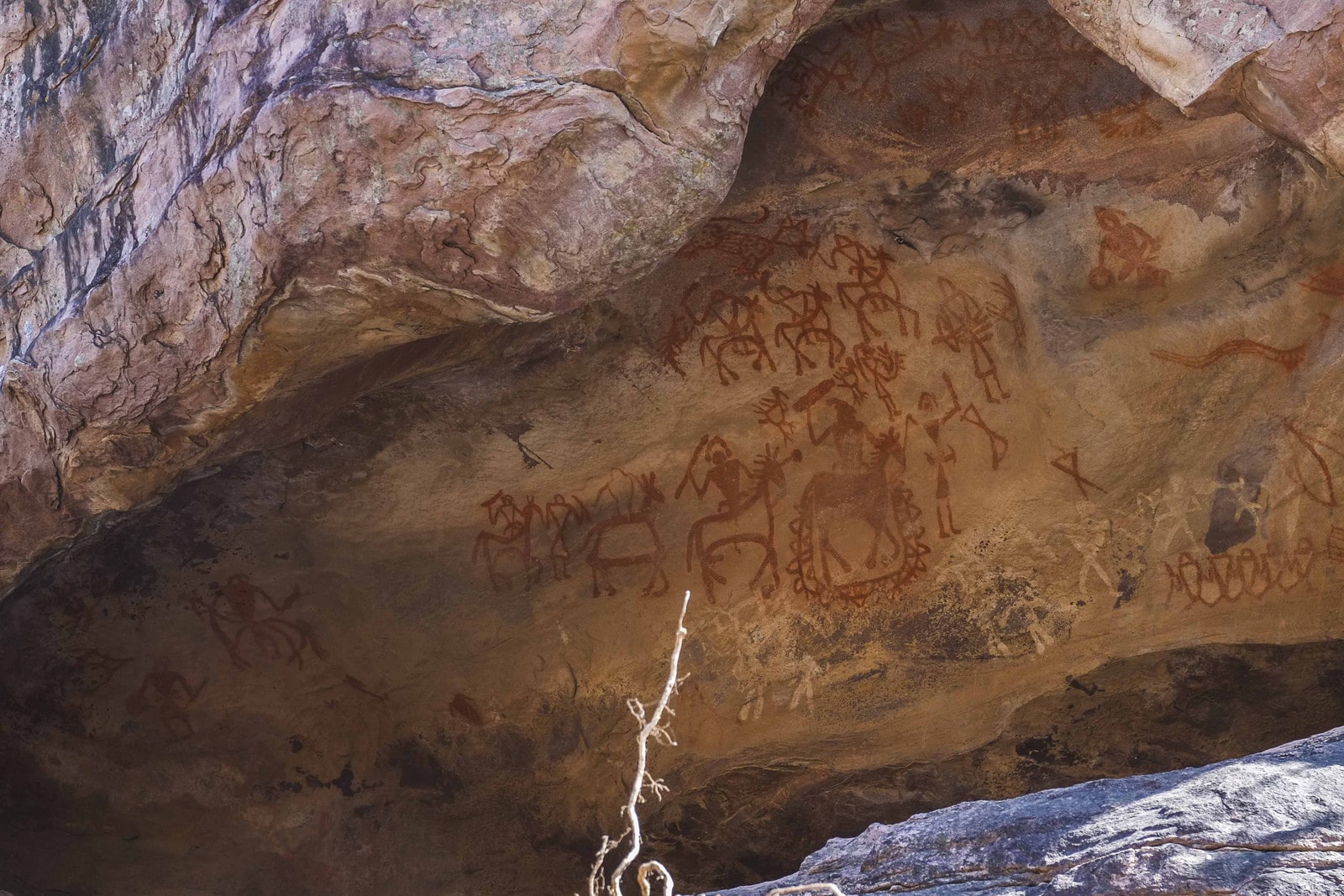
On the northern side of Bhopal, about an hour from the city, is the great Sanchi Stupa and Buddhist complex. A well-known historical site, it has many tourists milling around when we visited. One of the oldest stone structures in the country, it was originally commissioned by Ashoka in the 3rd century BC, and subsequently added to over time. The large stupa is impressive no doubt, but what really fascinates are the four toranas or gateways around and the intricate detailed carvings that tell stories of Ashoka, Gautam Buddha, battles and salvation. Some of the friezes on these pillars also show foreign devotees and visitors, especially Greeks. One of the most important of Buddhist sites, Sanchi is worth a visit for the sheer size and scale of the stupa and the view from atop the hill.
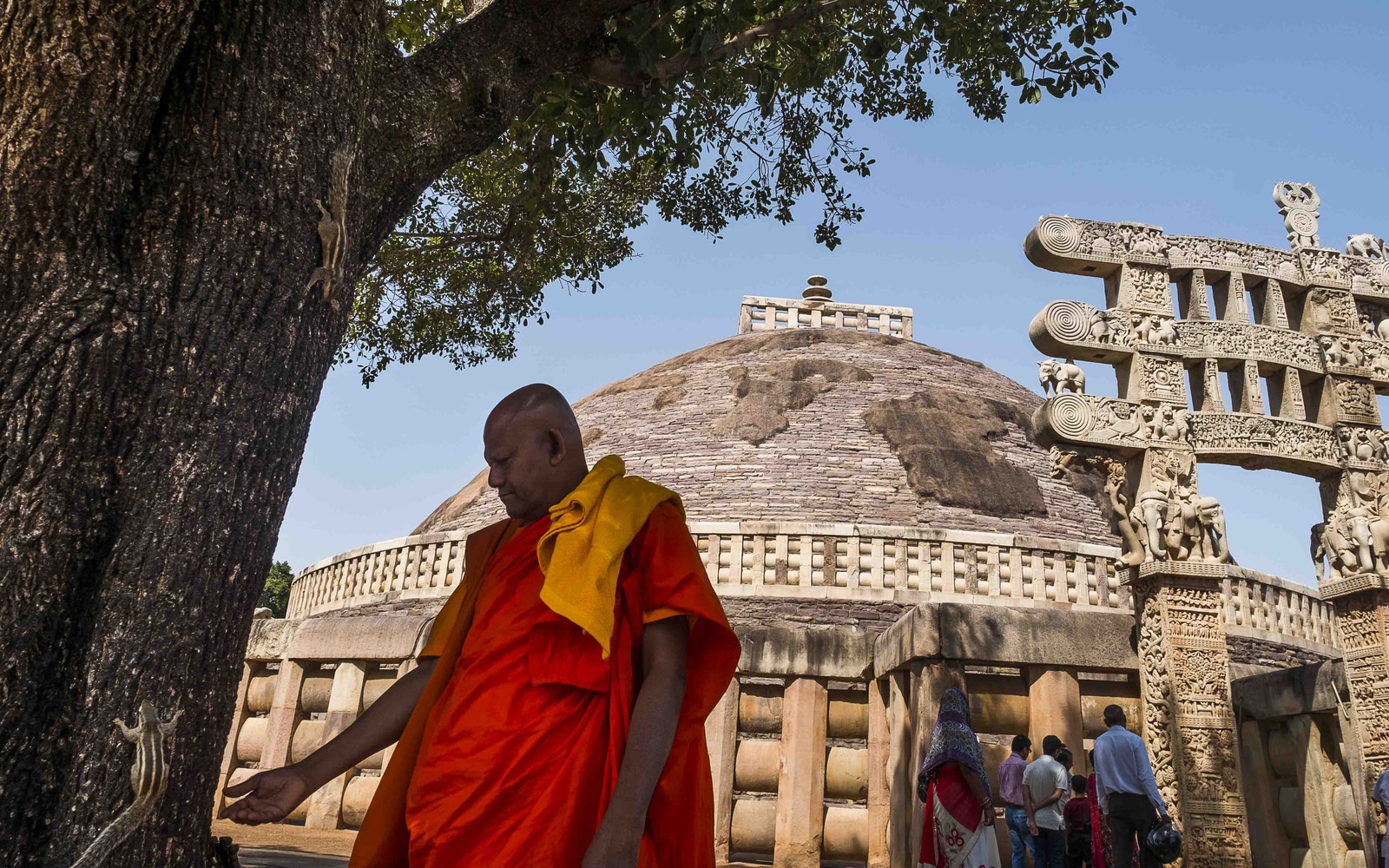
Some Useful Information:
How to get there: Bhopal is the capital of Madhya Pradesh and is connected by flights and trains to most major metros.
How much time to spend: To be able to explore Bhopal as well as the surrounding sites at leisure we would recommend spending atleast 3 days, this will also give you enough meals to ensure you sample all of Bhopal’s excellent cuisine!
Where to stay: Depending on your budget Bhopal has a number of excellent stay options. We would recommend the Jehan Numa Palace, the old Palace of the Nawabi family which is not only a stunning luxury property but also boasts of an excellent restaurant which serves Nawabi cuisine made with the old family recipes. Another excellent but more budget friendly option is The Ten Suites, Bhopal, a family home converted into a boutique hotel where we stayed during our time in Bhopal. Varun Mehta who runs the place is an excellent host and will go out of his way to make sure you are comfortable. He’s also a big foodie and his food recommendations alone make staying at The Ten worthwhile!
Dont Miss: When your head to Sanchi make sure to check out the Udayagiri caves if only for the incredible rock carving of Vishnu in his boar avatar saving the world!
